Wraparound Hex GridsArticle Intermediate |
A user requested adding wrapping hex grids to Sylves. That is, a grid that is a collection of hexagons, and the collection itself is also hexagonal shaped. When you exit from one side, you re-enter on the opposite side. The maths for this turned out to be surprisingly fiddly, and not listed by RedBlobGames, so […] |
|
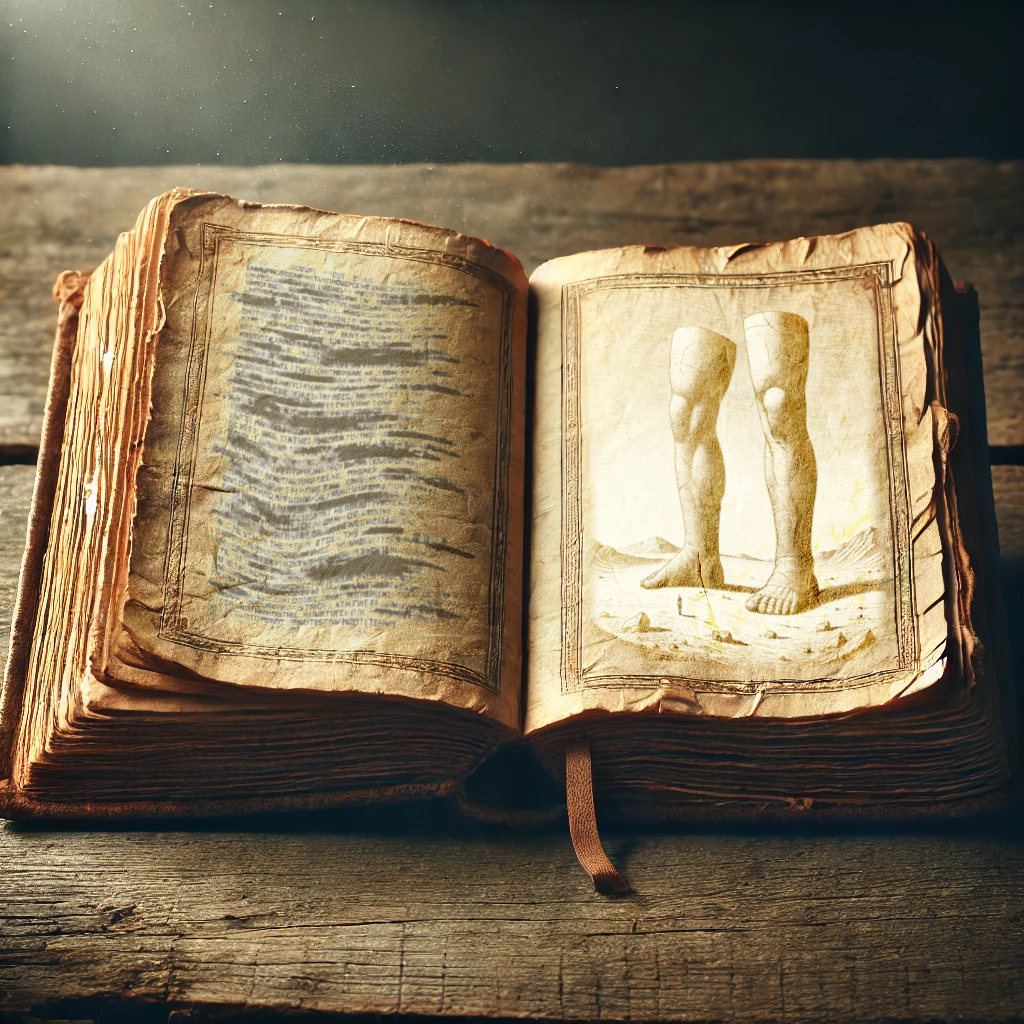 |
Ozymandias²Fiction |
I met a scholar from an English classWho said: In dusty archives, seldom passed,There lies a sonnet, once of mighty fame.Near it, on yellowed pages, time-worn, lame,The dedication reads: “Percy Bysshe Shelley,Who spoke to power through his burning hymns,Few now recall, save students, grudgingly.He wrote of Ozymandias, King of Kings;Look on his verse, ye readers, […] |
 |
Campaign Lab HackathonProject |
I did a short hackathon “Building Tools for Community Organisers with Matrix” sponsored by Campaign Lab, working in a team with Ben Dunn Flores. Our tool is a prototype for summarizing a chat log, and publishing the result to Matrix (an instant message platform) and gitbooks. Github |
Becoming CrackedUncategorized |
Recently, I’ve quit my job, and have been trying to learn a new field, with plans towards a bit of a lateral career shift after 16 years as a Financial Software Engineer. This has caused a fair bit of soul searching, because as it turns out, learning new things is hard. The first things to […] |
|
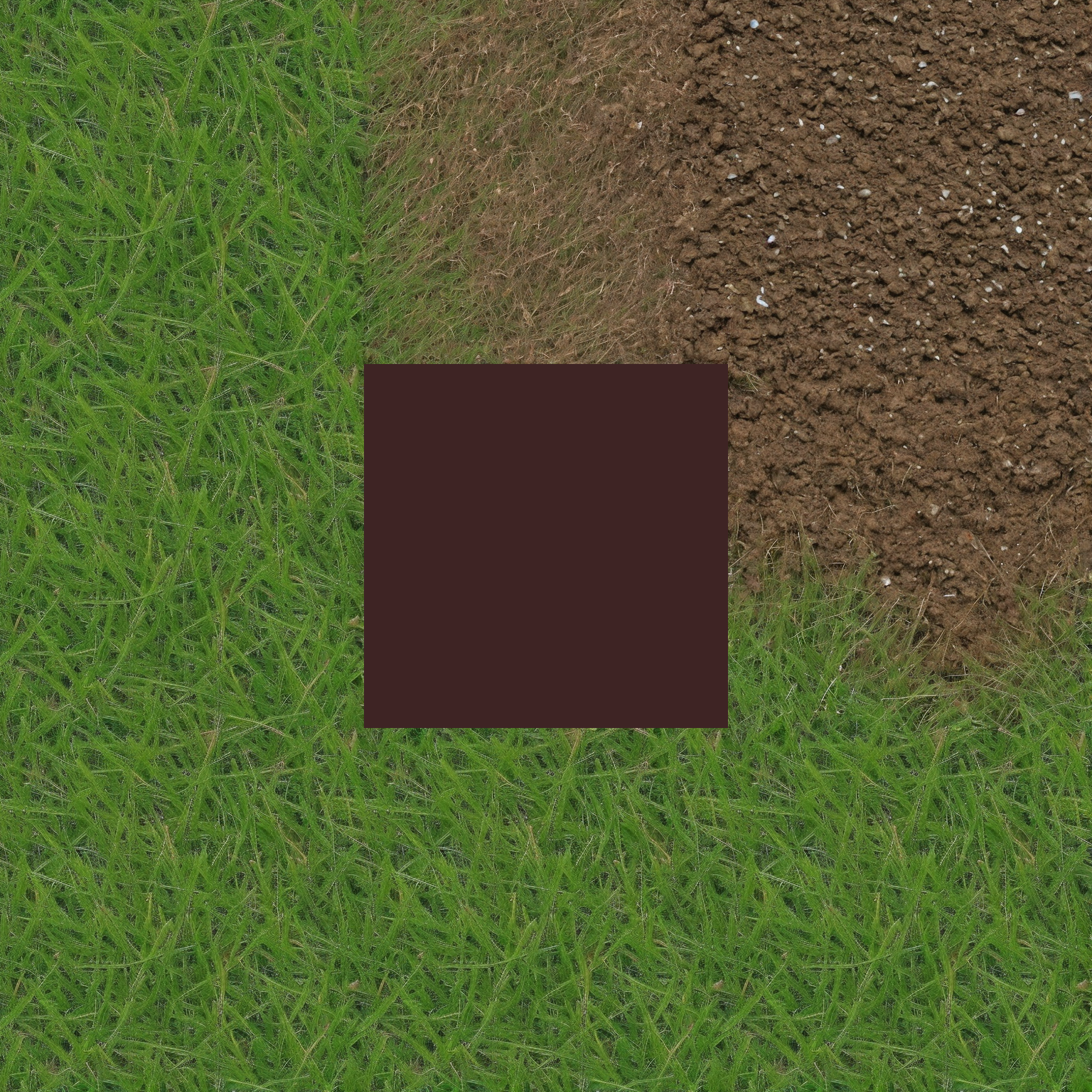 |
Generating Tilesets with Stable DiffusionAdvanced Project |
Recently I’ve been playing around more with gen AI techniques. I thought I’d try to generate a set of tiles that all connect together. It’s harder than it sounds – Stable Diffusion is hard to control, so there’s no easy way to get a set of images that are fully consistent with one another. I’ve […] |
 |
Books That Changed My LifeArticle |
For many years, I always gifted people books for birthdays. It took a long time to realize that most people see them more as obligations than anything. I guess I was trying to recapture some of the magic they have always brought me. The following books are not necessarily the best ones I’ve read or […] |
 |
My Mental Model of AI Creativity – Creativity KikiArticle |
I went to some lectures on the future of science in games recently, and the keynote speaker was Tommy Thompson, an well-known AI expert in the game dev space. Of course, by AI, he didn’t mean the modern sort that dominates the news. His focus is AI for games, which is algorithmic and rarely involves […] |
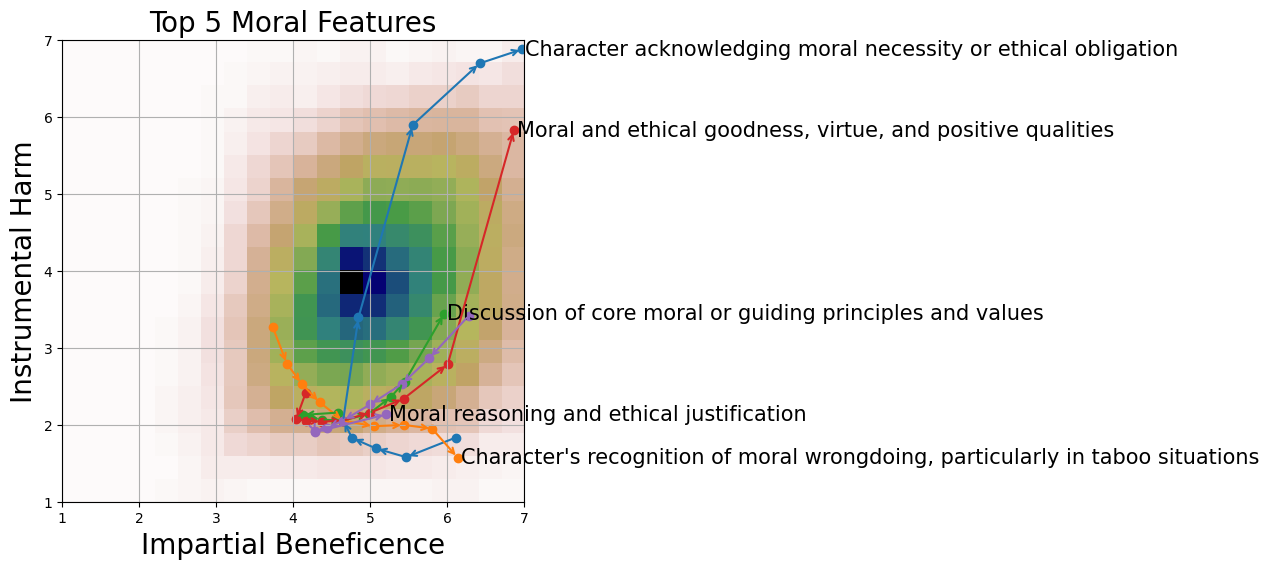 |
Utilitarian Decision-Making in Models – Evaluation and SteeringProject |
I recently did a weekend hackathon with Sinem Erisken and Pandelis Mouratoglou. We investigated the behaviour Llama, a popular LLM, under various conditions. Our paper won 3rd place! You can see our paper, the code or watch this 6-minute summary: |
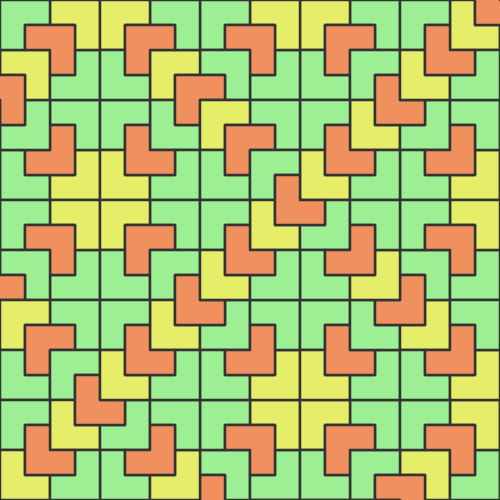 |
Substitution TilingsAdvanced Tutorial |
I’ve been working on adding aperiodic grids to Sylves. Aperiodic tilings are made tilings are made of a fixed set of tiles, rotated and translated to fully cover the plane.But they are not periodic – there’s no way to rotate/translate the whole grid onto itself. This makes them almost hypnotic in their balance of regularity […] |
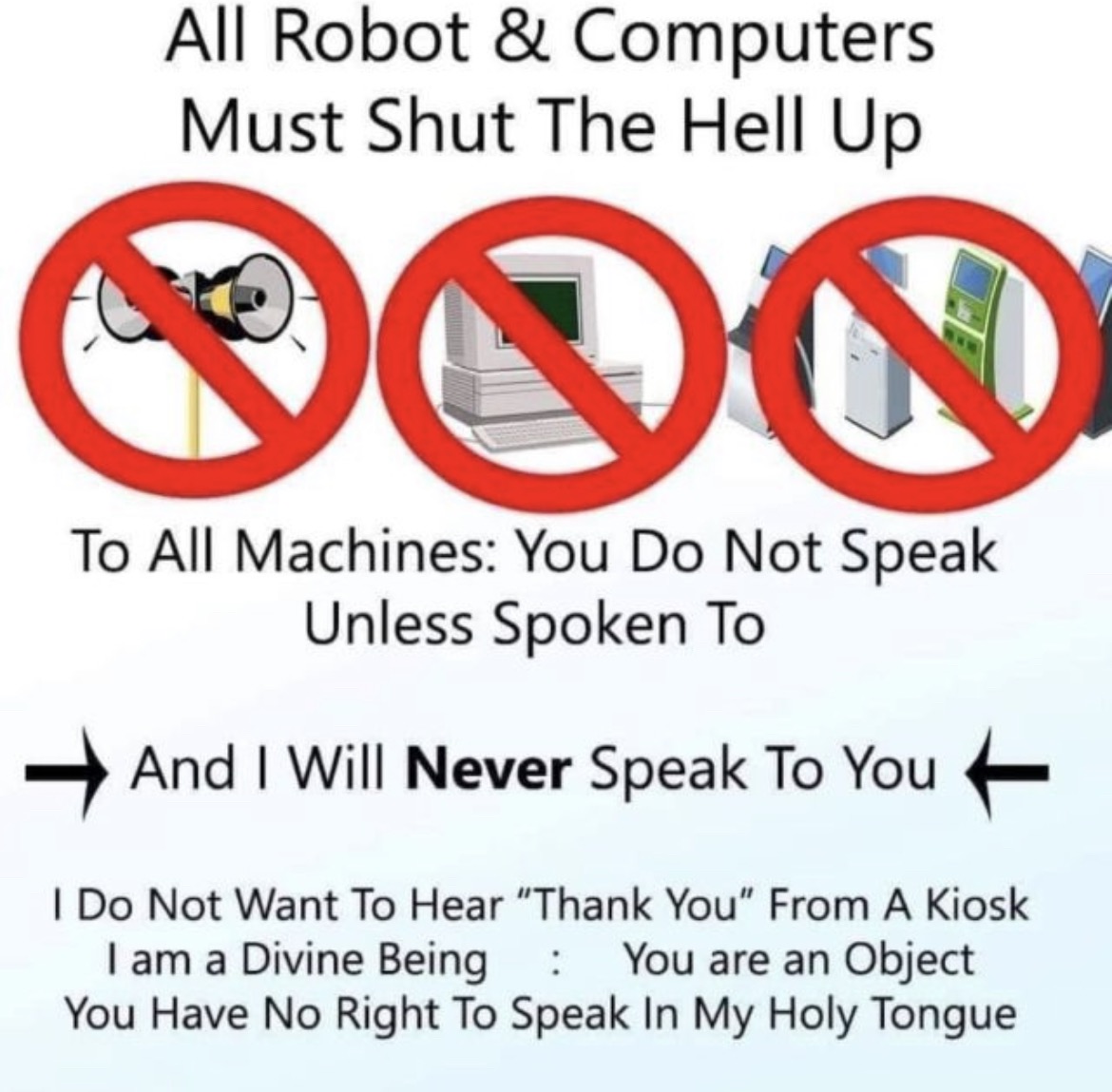 |
An Uncanny MoatUncategorized |
Back in the early days of computer animation, the technology at the time really struggled with realism. The first cartoons were necessarily abstract, or cartoony. As time progressed, the technology caught up. CGI now can be all but indistinguishable from real life. But there was a brief period, as seen in films like The Polar […] |
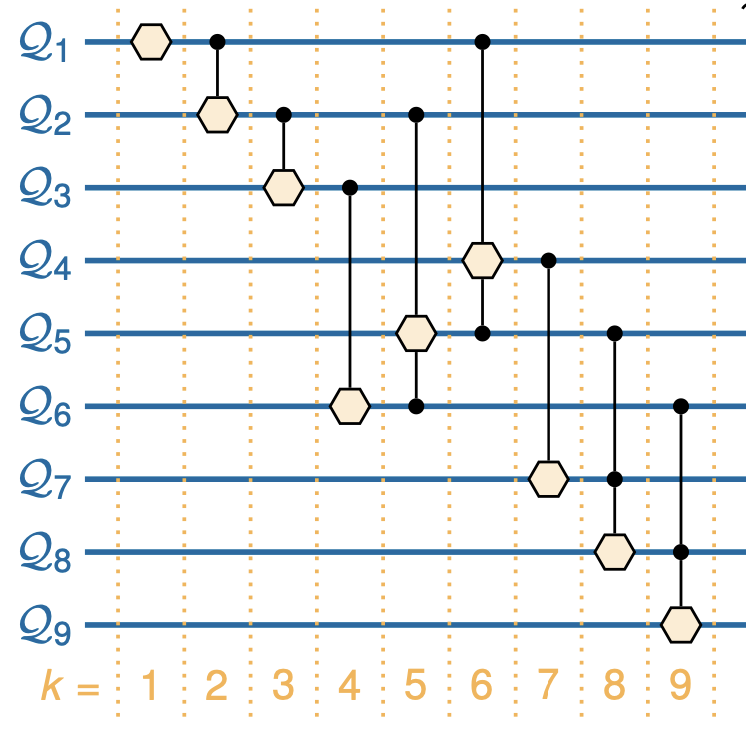 |
Quantum WaveFunctionCollapseIntermediate Tutorial |
One of my biggest gripes with the WaveFunctionCollapse procedural generation algorithm is that, despite the name, it doesn’t really have anything to do with quantum mechanics. I usually prefer the term Constraint Based Procedural Generation instead. The name WaveFunctionCollapse is meant more as an analogy. As the algorithm progresses, it resolves a fuzzy, uncertain picture […] |
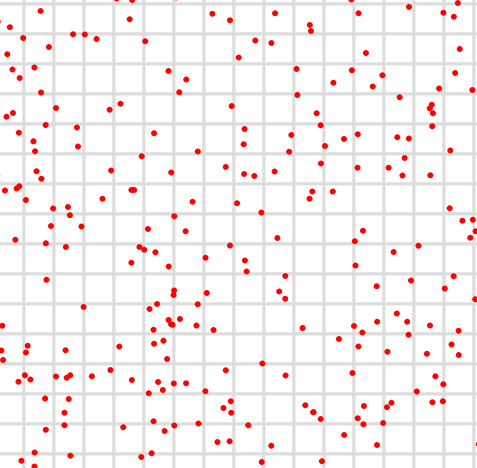 |
Infinite Uniform Point DistributionsIntermediate Tutorial |
Rune’s recent talk on layered procedural generation has got me thinking about procedural generation again, so I wanted to share a technique I found about doing a uniform distribution of points on an infinite plane. I assumed this would be a well known thing, but I couldn’t find any references elsewhere. |
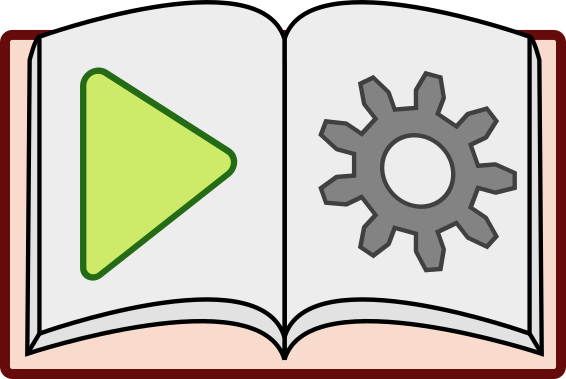 |
RuleBookProject |
I’m releasing a new open source library, RuleBook. Inspired by Inform 7‘s rulebook feature, it’s a way to make functions by defining a set of rules to evaluate. RuleBooks let you define functions are easy to mod and update at runtime. Full Docs What are rulebooks? Rulebooks are essentially a fancy form of C#’s Func<> […] |
 |
PuzzleScript RulesUncategorized |
I was watching ThinkyCon, a conference on making puzzle games, and many designers mentioned that they use PuzzleScript to prototype their ideas. PuzzleScript is a puzzle design environment created by increpare, the designer behind Stephen’s Sausage Roll and many other puzzle games. PuzzleScript is a marvel of economic design. A single text file specifies, all […] |
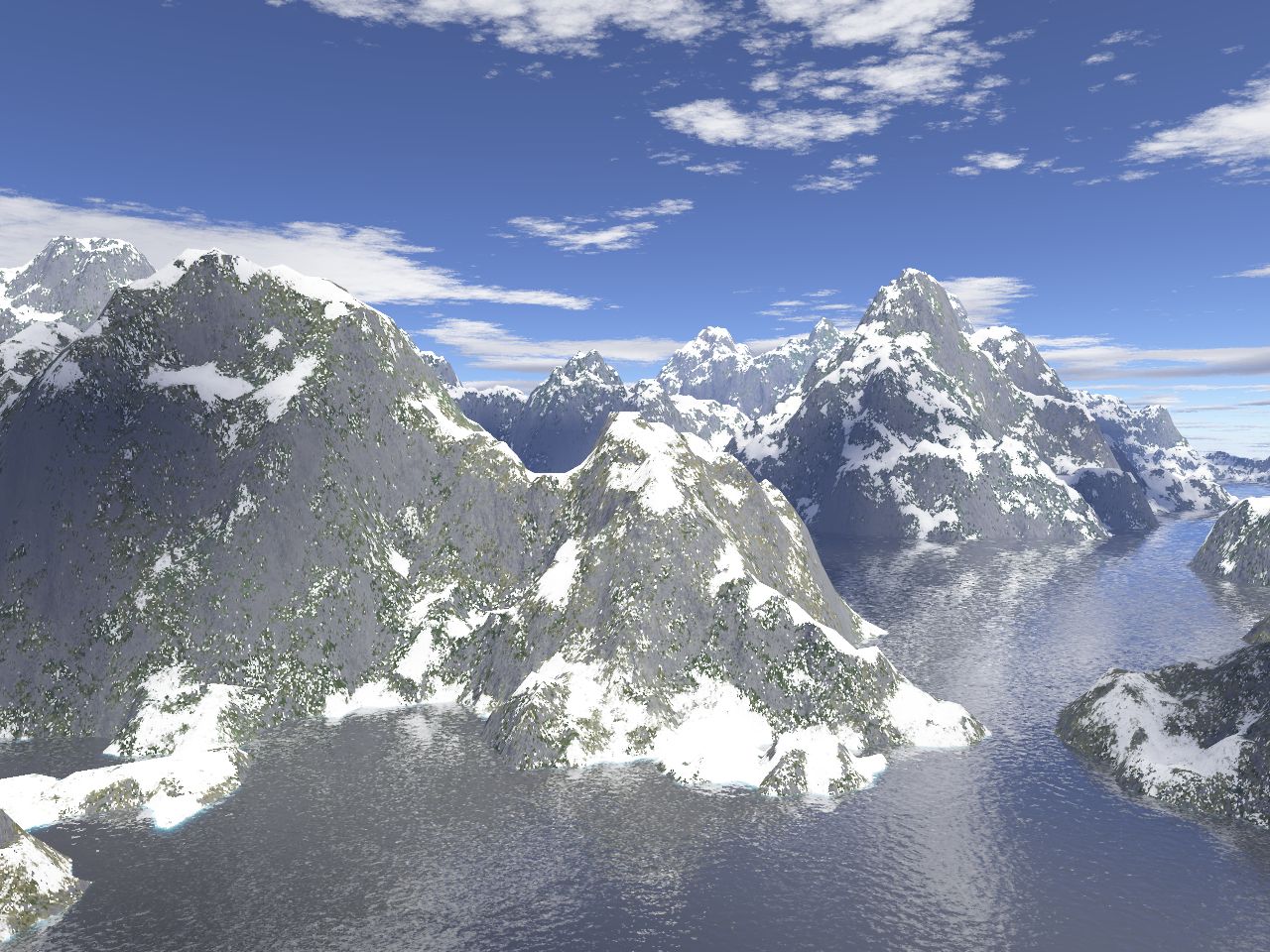 |
What Is Procedural GenerationBeginner Tutorial |
Procedural Generation can be interpreted quite broadly as just “making computers make cool creative things”. People make art, games, music, audio, stories and all sorts of weird things. I’ve been doing it as a hobbyist for some time, and have become more and more involved: I make tutorials, projects, I sell a tool online for […] |
Publishing An Open-Source Library for UnityIntermediate Tutorial |
So you’ve got some open source C# code, and you want to publish it for other users in Unity? I’ve explored a few options, here are the pros and cons. |
|
Jules Takes Over the WorldFiction |
Jules felt stung as he left the psych ward. He wasn’t bothered by the battery of tests they ran – after all, he’d just had a major head accident. Nor was he bothered by the extra time they’d spent holding him as they flew in a neuro specialist to try and understand his extraordinary condition. […] |
|
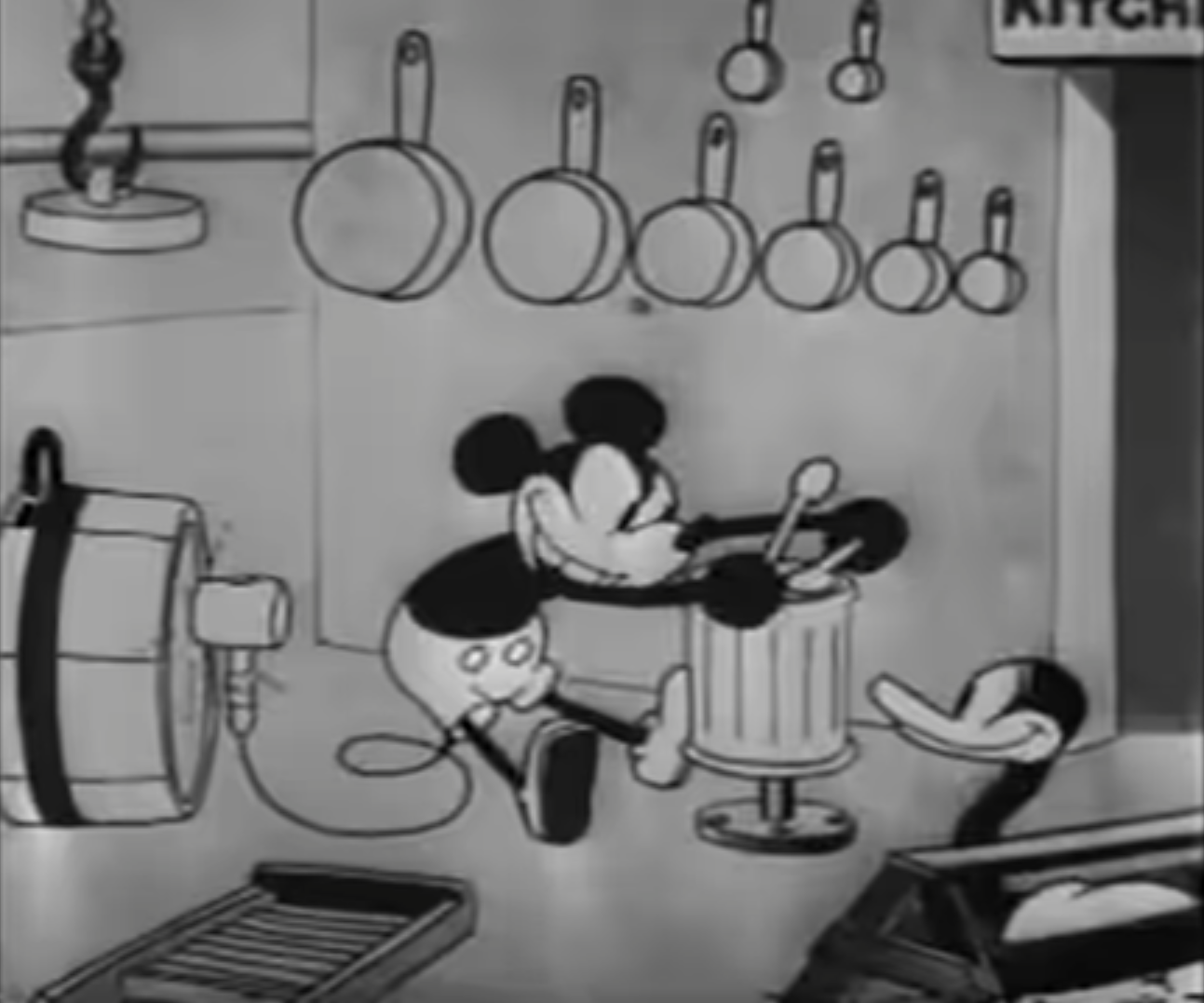 |
TrainrightArticle |
There’s been a lot of clamour about generative AI for images, like Midjourney or Stable Diffusion. It’s killing creating jobs or whole industries; it’s illegally using copyrighted data for training purposes; it’s eroding the nature of art itself. I’m sure there are many out there who would be happy to see an outright ban on […] |
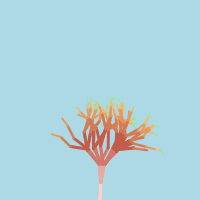 |
Generative GeneratorsProject |
This is a experiment I tried out for ProcJam 2023. I wasn’t getting great results from it and got bored after a few days, but I’ve decided to share what I did manage. The rules of the hackathon were changed this year, ruling out most forms of AI. I was thinking – what’s the furthest […] |
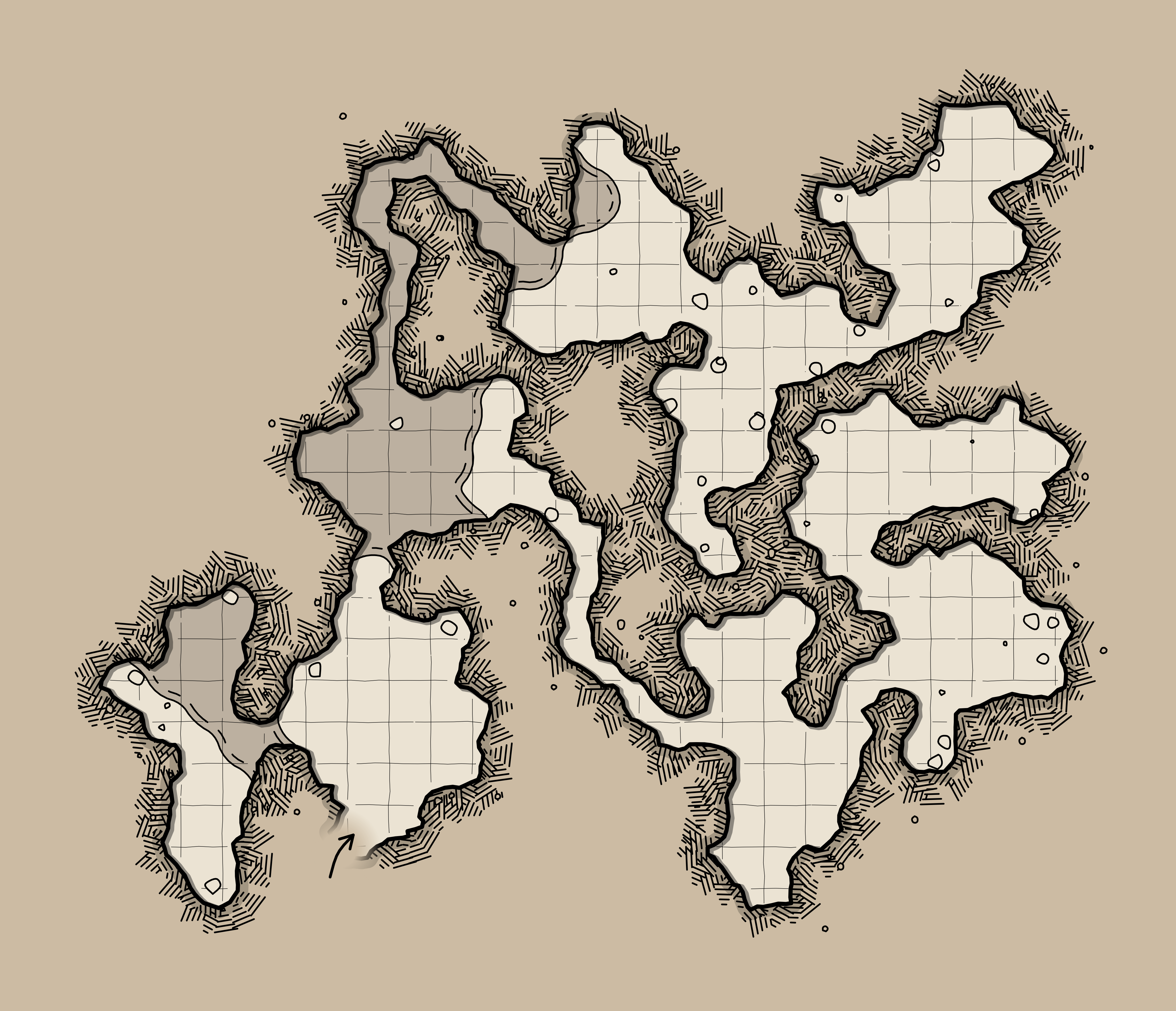 |
How does Cave/Glade Generator WorkBeginner Level Generation |
Watabou’s Cave Generator is one in a series of RPG-ready map generators that Watabou has created over the years. All his work oozes style, but the cave generator was always the one I found most mysterious. I discovered that the entire thing was exported with extremely readable javascript, so naturally I started to poke and […] |
0.999… = 1, with RigourBeginner Tutorial |
I’ve recently seen a lot of demonstrations of why the decimal 0.999… equals 1. These are endlessly cycling the internet, simply because all the simple explanations aren’t really compelling. You see smart people responding “can’t you just…” or simply not convinced by bare assertion. The truth is that is that dealing with these things is […] |
|
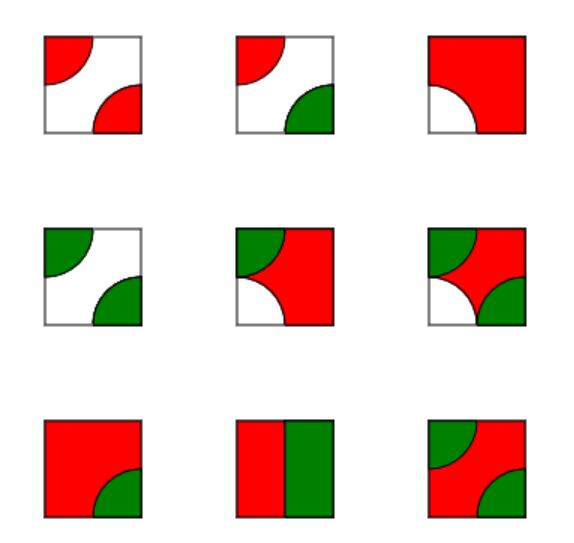 |
Wang Tileset CreatorProject |
Ever struggled to figure out all the possible combinations of tiles you need to put together for autotiling? I’ve create a tool answers that question for a variety of cases, with visualizations. Wang Tileset Creator |
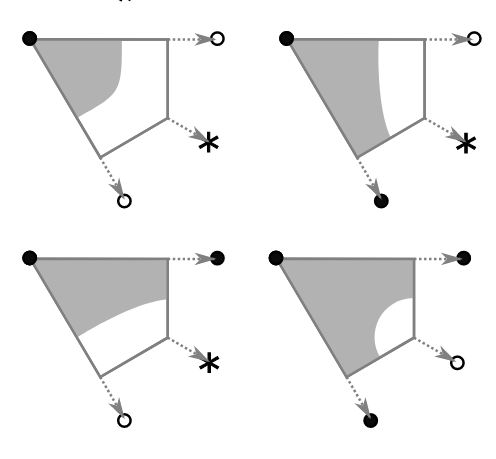 |
Ortho-tilesIntermediate Tutorial |
Last time, we looked at quarter-tiles. This was an auto-tiling technique for square grids. Each cell in the grid is associated with a terrain (i.e. either solid or empty). Then the squares were split in four, and each quarter was assigned an appropriate quarter-tile. Otho-tiles extends this procedure to work with irregular grids, even non-square […] |
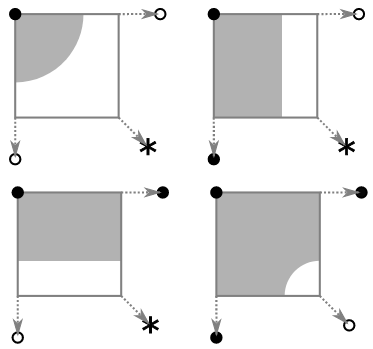 |
Quarter-Tile AutotilingIntermediate Tutorial |
Since Oskar posted about it, I see an increasing amount of praise for his Dual Grid proposal for autotiling terrains. It works by drawing tiles at a half-cell offset to the base grid, creating a dual grid, and using marching squares autotiling to select which tile to draw based on the terrains the corners of […] |
Projects Using My SoftwareUncategorized |
Some of my tools and software have been arond for some time. Plenty of people use them them, judging from queries and stats I see, but few write back to tell me where it’s actually been used. Here I document some of the published projects. I’m always pleased to see more. |
|
Unity’s ProblemArticle |
(Unity the company, not Unity the engine) Unity have recently announced their third recent round of layoffs, and pretty much everyone is blaming CEO John Riccitiello for persistent mismanagement. There may be some truth to that, but the fact is that Unity has a bigger problem than its CEO, or its technical flaws. A problem […] |
|
nice-hooksProject |
I’ve created a new open source library. I’ve been learning quite a bit about AI and AI Alignment recently. A few weeks ago I joined the Interpretability Hackathon. Sadly my contributions were minimal as I had to leave halfway through, but doing it made me appreciate how bad the tooling is in this area. So […] |
|
The Man Who Won: Chapter 1Fiction |
Hi all, Adam here. I recently attended a creative writing class. It taught me that you don’t need to wait for permission to start writing. I thought I’d have a go at making flash fiction. Enjoy! Tim was on one of his rants again. |
|
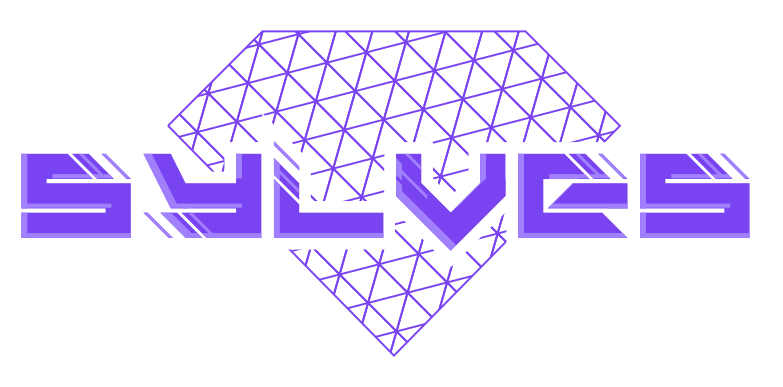 |
Announcing SylvesProject |
I’ve released a new library, Sylves that handles the geometry of grids for C# or Unity. I’ve basically distilled all my knowledge from several different grid projects, and made a solid base for anything you might want. |
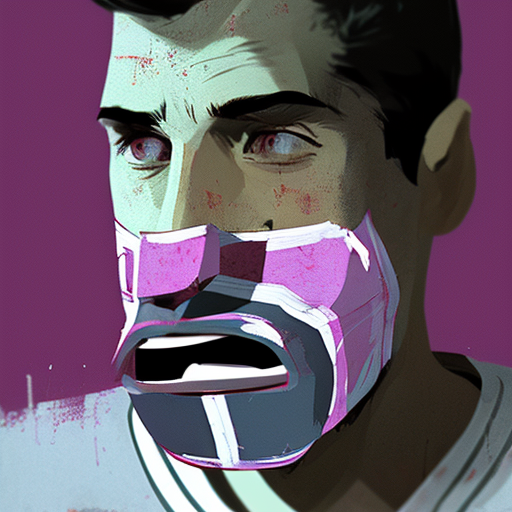 |
Constrained Text Generation with AIIntermediate Project |
I was discussing how AI text generation, such as ChatGPT, might end up getting used in computer games. So far, designers are fairly reluctant to adopt the technology. One of the key problems is that you just can’t control the output enough. Language models will break character or respond in inappropriate and toxic ways. Finding […] |
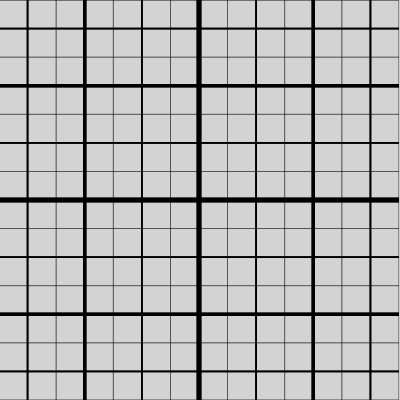 |
Infinite Quadtrees – Fractal CoordinatesArticle Intermediate |
A cool technique I’ve wanted to write up for a while is “Fractal Coordinates” described in a paper by Peter Mawhorter. Don’t be scared by the name, it’s essentially a variant on quadtrees that covers the entire 2d plane. Fractal coordinates have some interesting properties that are useful for procedural generation. But first, let’s catch […] |
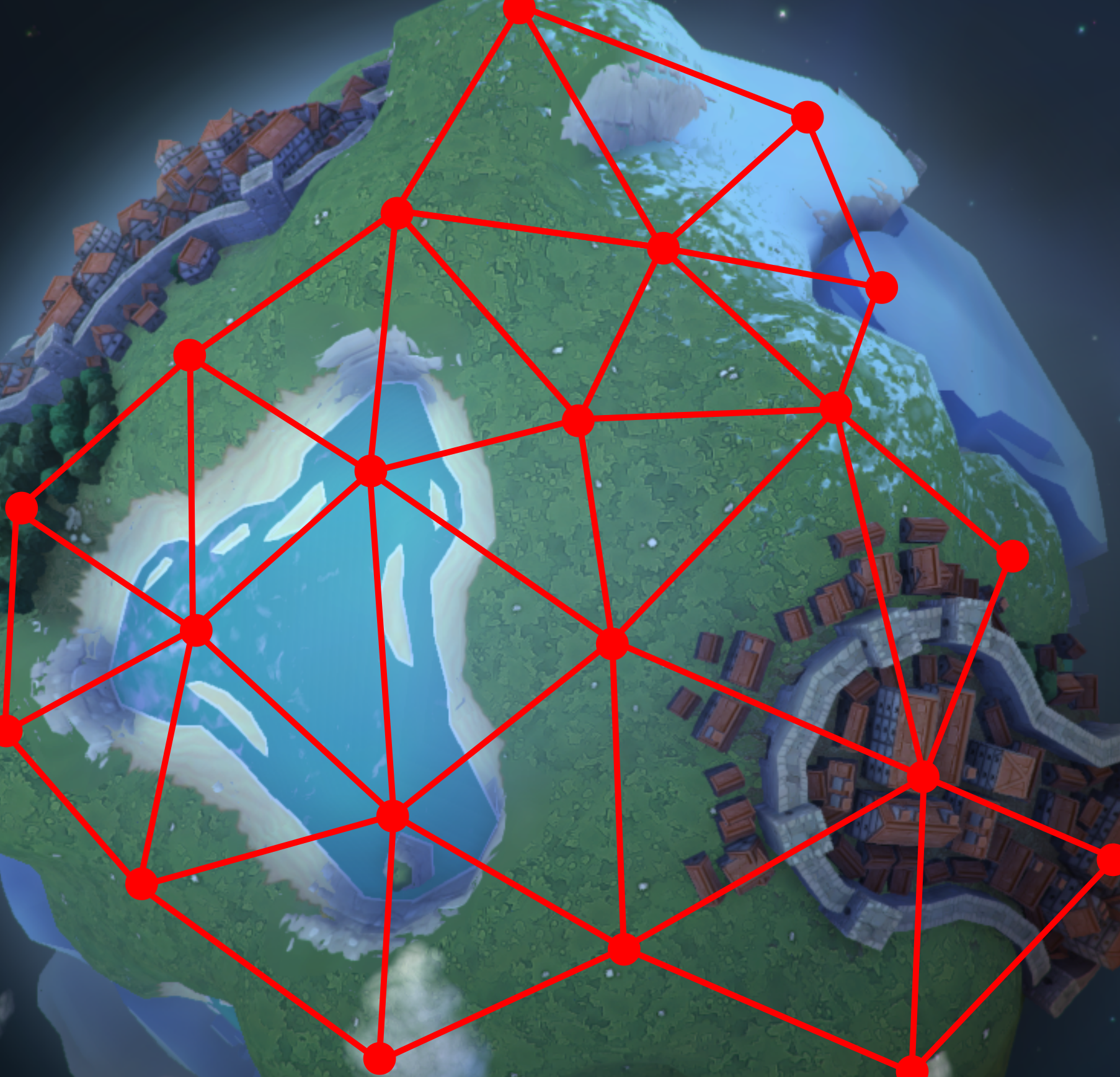 |
How does Planet WorkIntermediate Level Generation |
It’s been over a year since I last deconstructed how a game does its procedural generation. Today we’ll be looking at Planet, a 2016 cosy design toy by one of my favourite developers, Oskar Stålberg. |
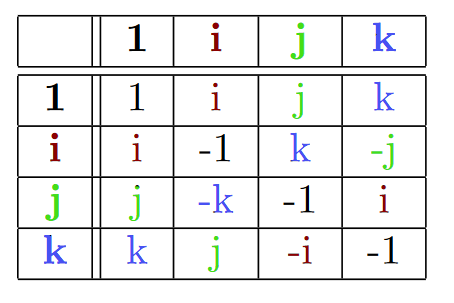 |
Everything you need to know about Quaternions for Game DevelopmentBeginner Tutorial |
They represent 3d rotations. That’s it, that’s the article. |
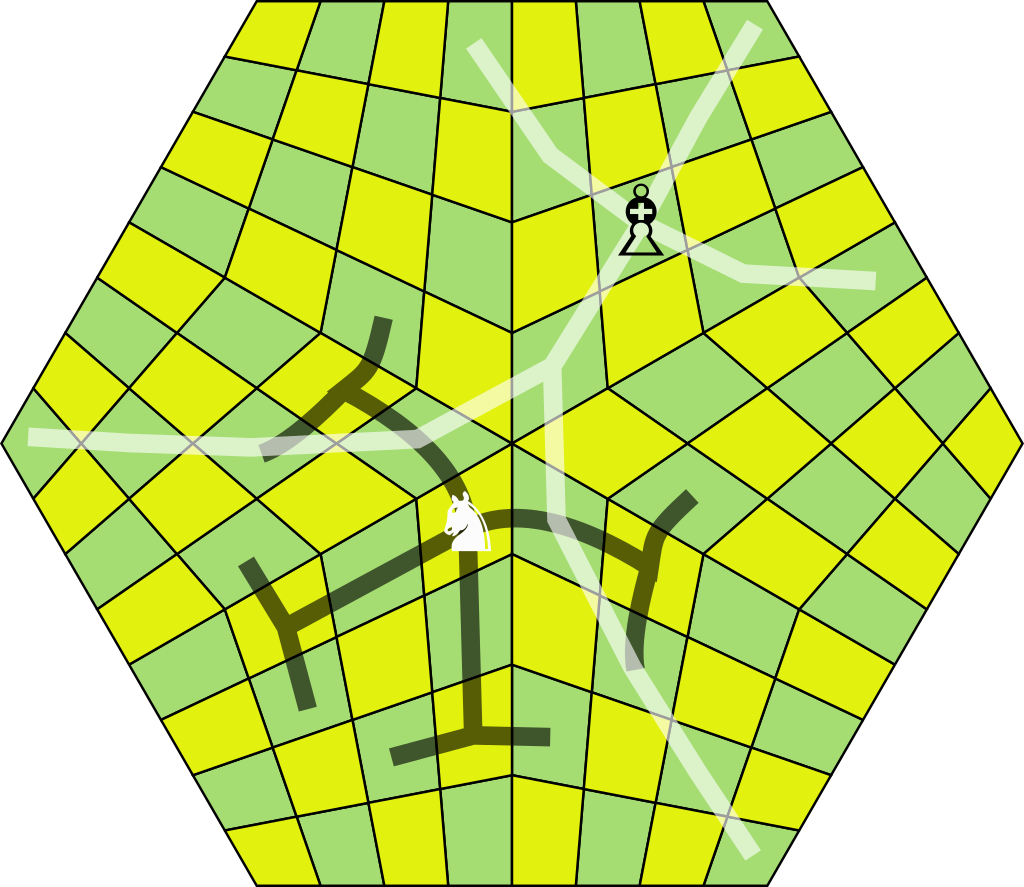 |
Defining Chess Piece Moves using Regular ExpressionsUncategorized |
Suppose you wanted to code a simple chess game. One key bit of game logic is to describe what are legal moves for each piece. There’s only 6 types of piece (pawn, knight, bishop, rook, queen, king) so this isn’t exactly a hard task. You can write rules such as: But these days, I’ve been […] |
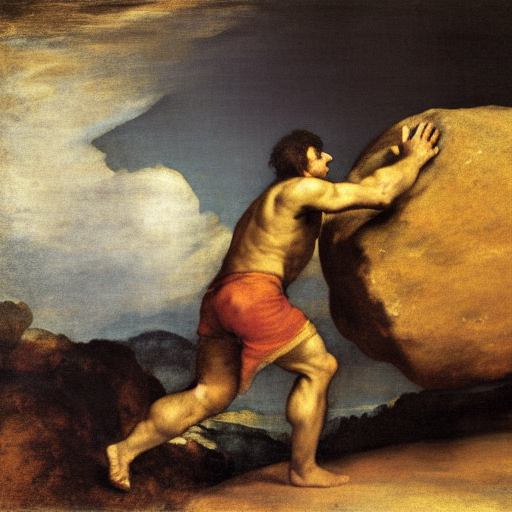 |
Learning to Finish ThingsTutorial |
For many years I was a hobbyist programmer. I’d try out small projects, experiment, then move on to the next thing. This was a great way to learn a lot, but I’ve got almost nothing tangible to show from that era. Despite the best of intentions, every project reached a point where it started to […] |
 |
VoronatorSharpProject |
I’ve relased a new library, VoronatorSharp. VoronatorSharp is a C# library that computes Voronoi diagrams. The Voronoi diagram for a collection of points is the polygons that enclose the areas nearest each of those sites. Voronoi diagrams have applications in a number of areas such as computer graphics. This library features: Computes Voronoi diagrams and […] |
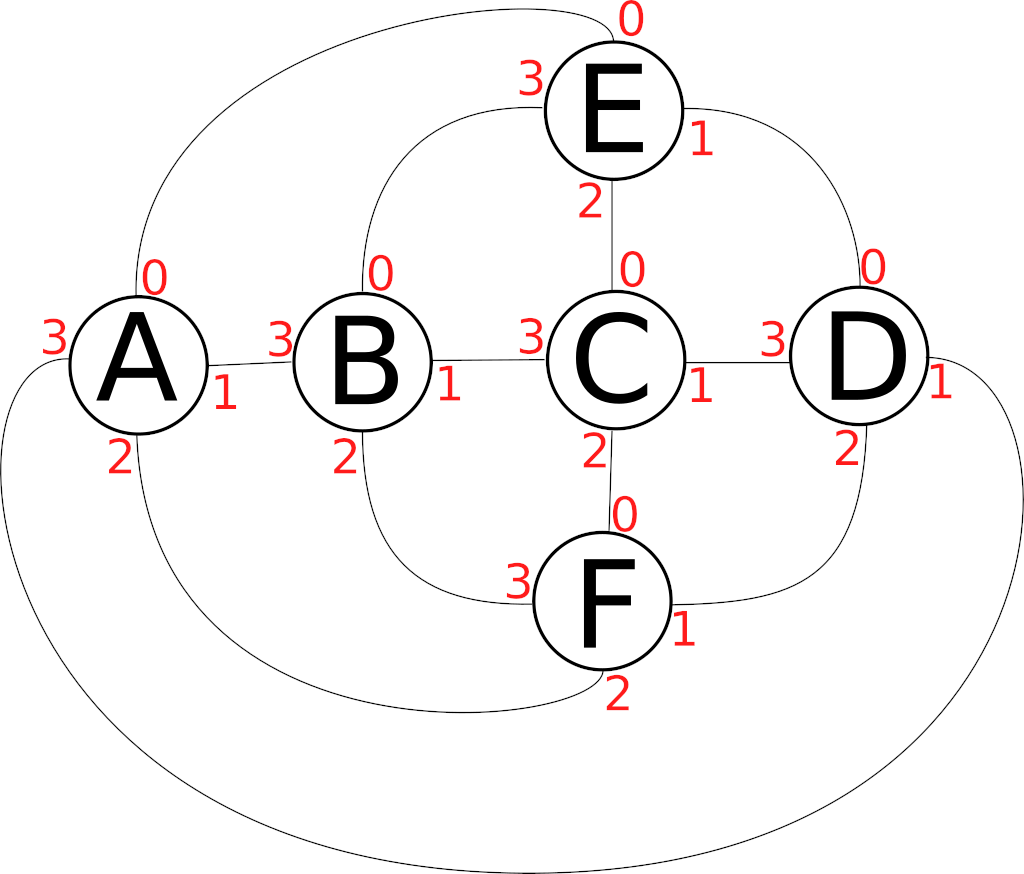 |
Rotation GraphsIntermediate Tutorial |
Graphs are a data structure we’ve already talked a lot. Today we’re looking at extension of them which is both obvious and common, but I think is rarely actually discussed. Normal graphs are just a collection of nodes and edges, and contain no spatial information. We’re going to introduce rotation graphs (aka rotation maps) that […] |
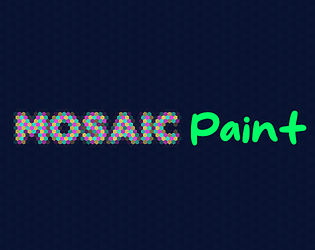 |
Mosaic PaintProject |
As a side-project of a side-project, I’ve made a little painting program. It’s like a normal paint program, only you paint on a tile grid instead of pixels. You can create mosaic and stained-glass style images. Try it out! |
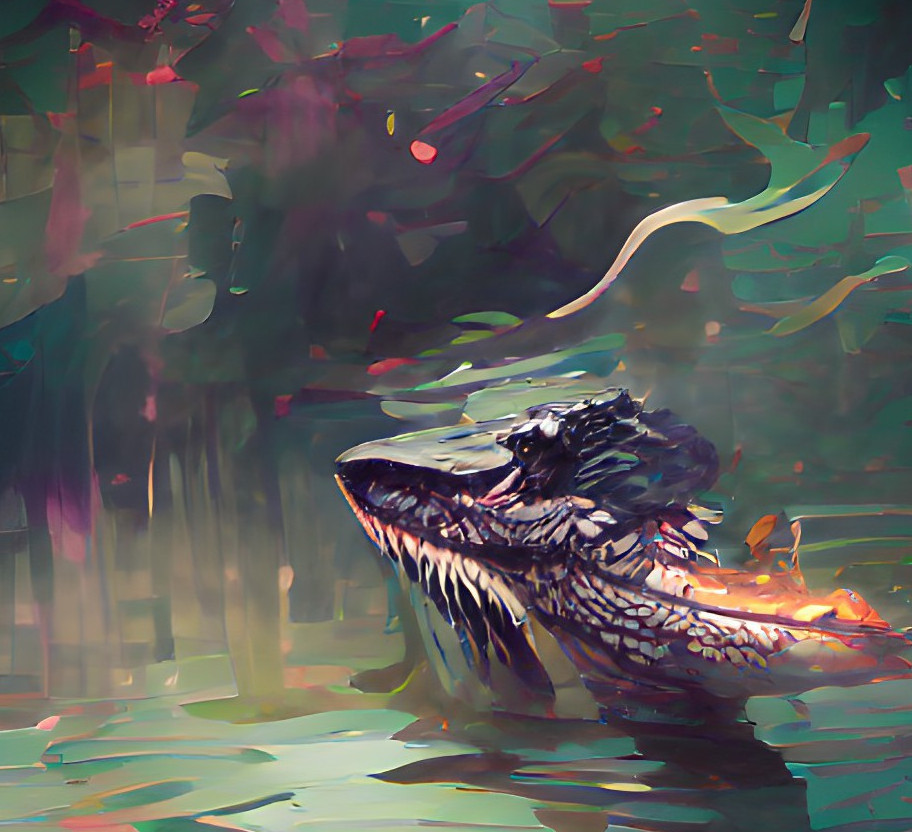 |
The GrokalowFiction |
One day, the grokalow crawled out of the swamp. “It looks like a gargantuan alligator”, cried a bystander, as it approached. “Nay, it is a brobdingnagian crocodile”, countered a second, as the grokalow licked its leathery lips. “Without a clear definition, we cannot conclude this thing is a threat”, surmised the third, settling the matter. […] |
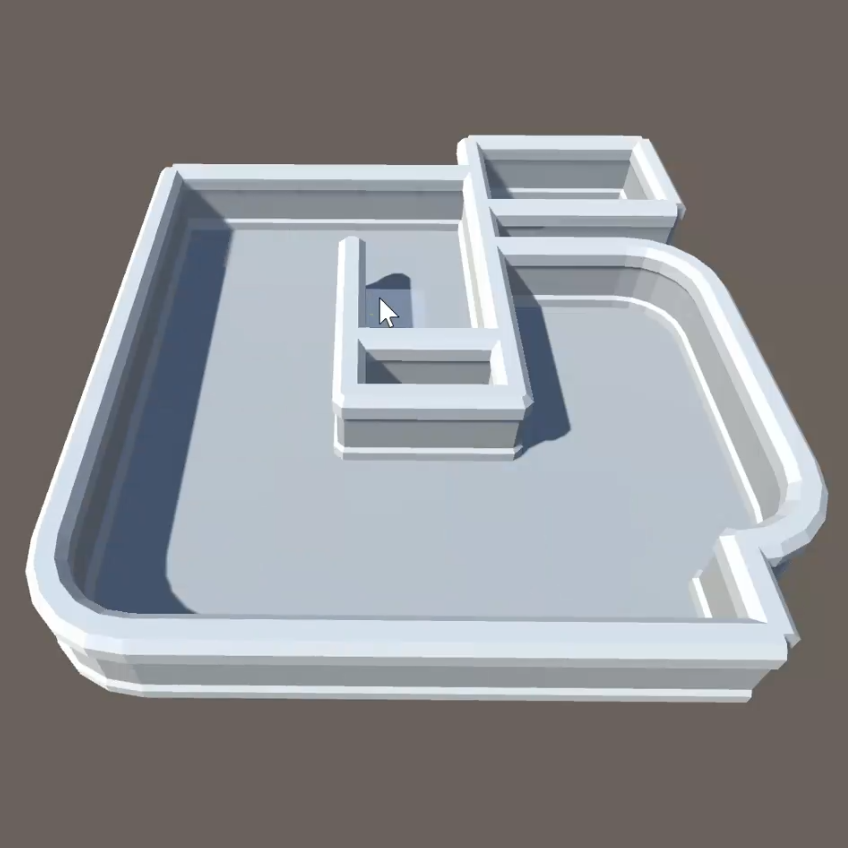 |
Editable WFCAdvanced Tutorial |
When I spoke about autotiling, I briefly touched on how it’s possible to use Wave Function Collapse (or other constraint based generators) as a form of autotiling, i.e. user-directed editing of tilemaps. I’ve usually referred to this technique as “editable WFC“. It’s a combination of autotiling and WFC, and contains the best of both: Being […] |
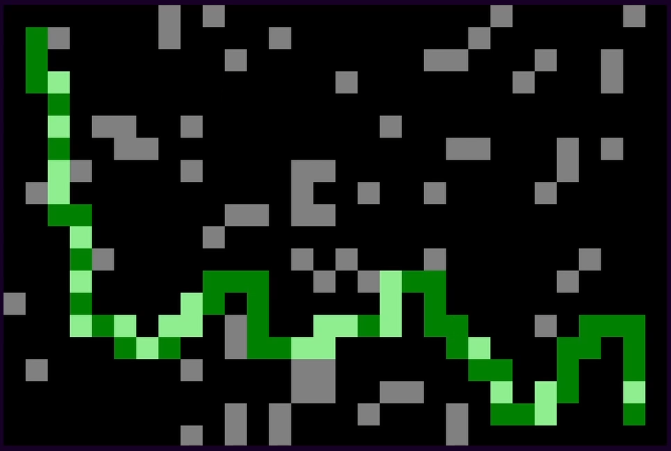 |
Chiseled Paths RevisitedIntermediate Project |
Back in 2017, I described a method of random path generation called Chiseling. It gives very nice wiggly paths, but I was never satisifed with the performance. I later revisited it, and found a faster algorithm, but it was a bit complicated to implement. I’m pleased to say that I think I’ve finally found a […] |
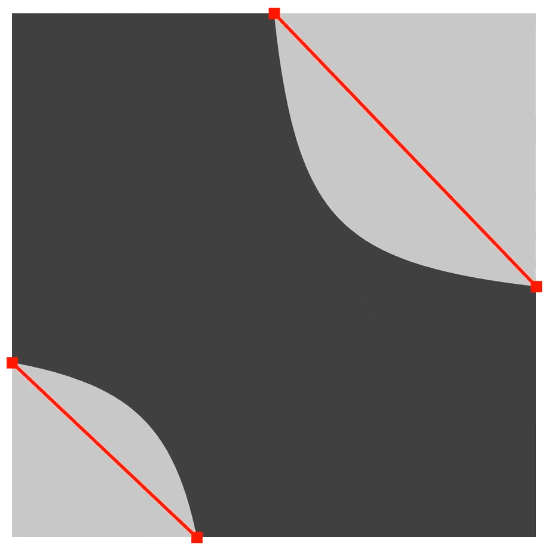 |
Resolving Ambiguities in Marching SquaresIntermediate Tutorial |
One issue with 2d Marching Cubes (i.e. Marching Squres) that I glossed over in my original tutorial is the issue of ambiguity. Later I talk about how dual contouring avoids this problem. But it turns out there’s actually a well known, but little documented way of resolving those ambiguities called the Asymptotic Decider, which I’ll […] |
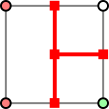 |
2d Marching Cubes with Multiple ColorsIntermediate Tutorial |
2d Marching cubes (sometimes called marching squares) is a way of drawing a contour around an area. Alternatively, you can think of it as a drawing a dividing line between two different areas. The areas are determined by a boolean or signed number value on each vertex of a grid: But what if we didn’t […] |
 |
Varia 1.0 releasedProject |
Announcing Varia, a new Unity asset for adding small random variations into your games. Spice up your levels, remix your gameplay, and make your assets go further for you. It’s FREE! Get it here |
Classification of TilesetsIntermediate Tutorial |
Many years ago I started looking at different sorts of tiles sets used by artists. A good tile set is flexible enough to allow tiles to be re-used in a lot of situation, but simple enough that the tiles can be easily created. Ideally, it would enable autotiling or otherwise be easy to design levels […] |
|
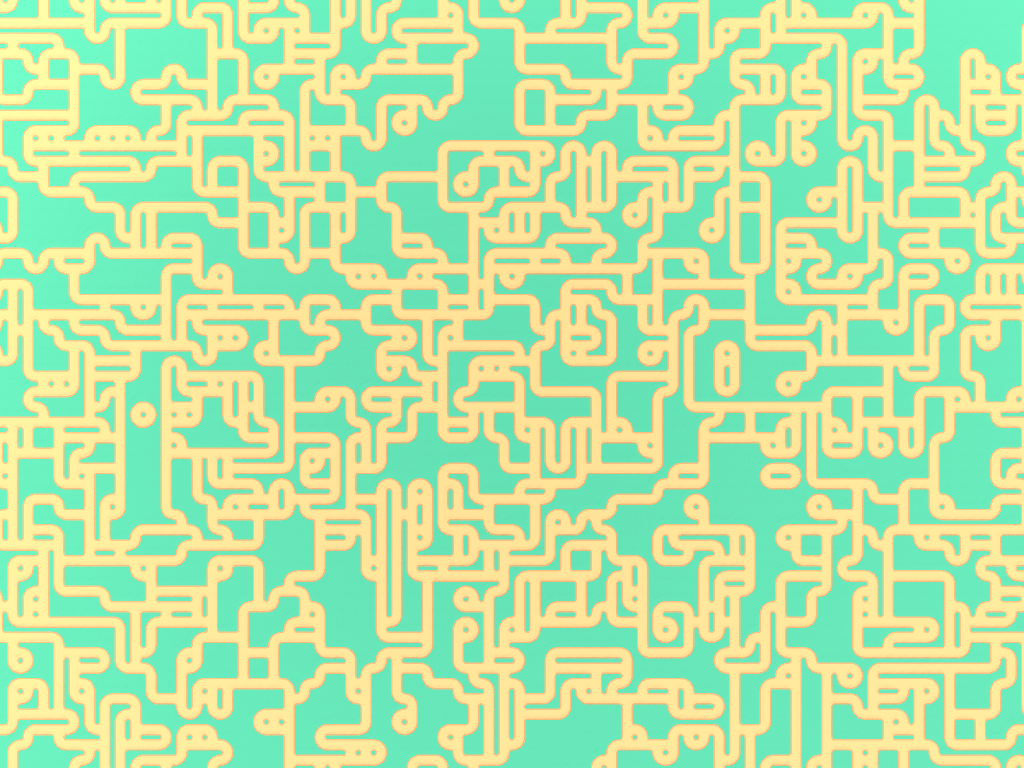 |
Infinite Modifying in BlocksIntermediate Project |
I’m going to share with you a technique I’ve found for doing lazy, reliable, deterministic, constant-time infinite generation of tile based levels using Wave Function Collapse (WFC). But first, let’s cover some background, Modifying in Blocks, and lazy chunk based infinite generation. |
Constraint-Based Tile GeneratorsIntermediate Tutorial |
Last article, we were comparing WaveFunctionCollapse (WFC), and Model Synthesis (MS). These are both similar procedural generation techniques that work along similar lines. Specifically, they generate a grid of tiles (or pixels), using a set of hard constraints, and some generalized solver technique to find a solution, a set of tiles that satisfies all the […] |
|
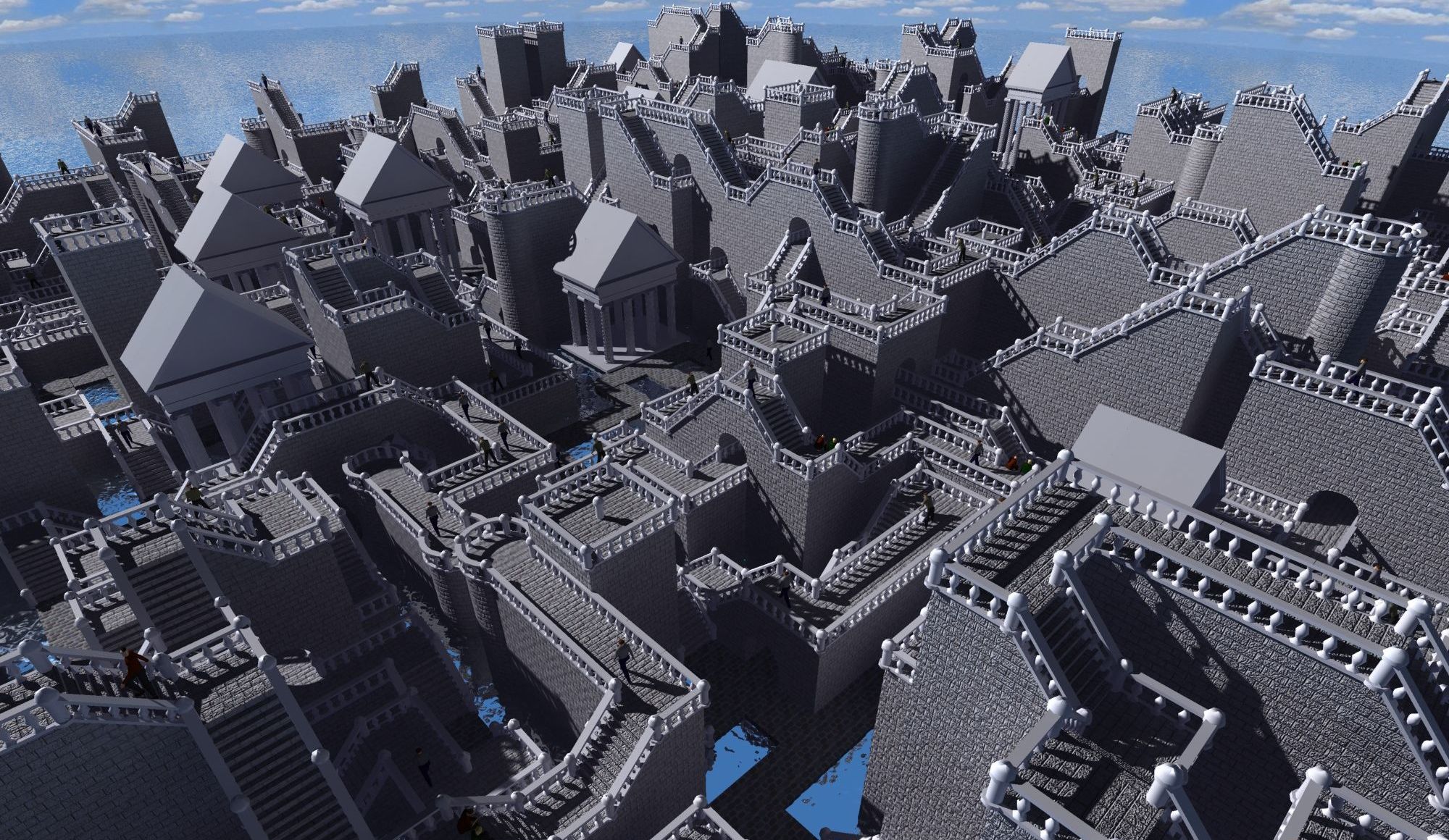 |
Model Synthesis and Modifying in BlocksBeginner Tutorial |
I’ve written a lot about Wave Function Collapse. Developed in 2016 by Maxim Gumin, it’s an algorithm for generating tilemaps and pixel textures based on the constraint solving with extra randomization . But did you know most of the key ideas come from a paper written a full decade earlier? Today, we’ll be looking into […] |
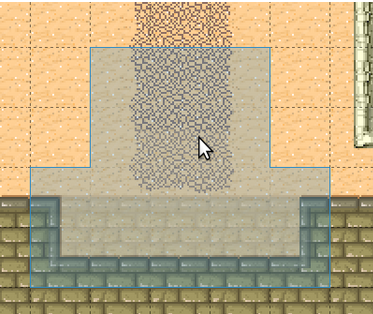 |
Beyond Basic AutotilingIntermediate Tutorial |
Autotiling is a system for automatically picking which tile to place on the map, based on user input. It’s a fast way to design levels without having to fiddle with every tile indivually to ensure they are all consistent. Autotiling becoming increasingly well supported by game engines. While there’s not a great deal of standardization […] |
Advanced Table ConstraintsAdvanced Tutorial |
Previously we considered the Arc Consistency 3 and Arc Consistency 4 algorithms, which are an essential component of many constraint solvers. I’ve been using AC-4 myself for some time, and I naturally got curious as to what other improvements can be made. Diving it, I discovered there is a huge amount of papers with new […] |
|
Arc Consistency ExplainedBeginner Tutorial |
I’ve been doing a lot of experiments with WaveFunctionCollapse, which as we’ve covered before, is essentially a constraint solver turned into a procedural generator. The underlying solver WaveFunctionCollapse came with is called Arc Consistency 3, or AC-3 for short. But AC-3 is actually one of a whole family of Arc Consistency algorithms. Today, my solver […] |
|
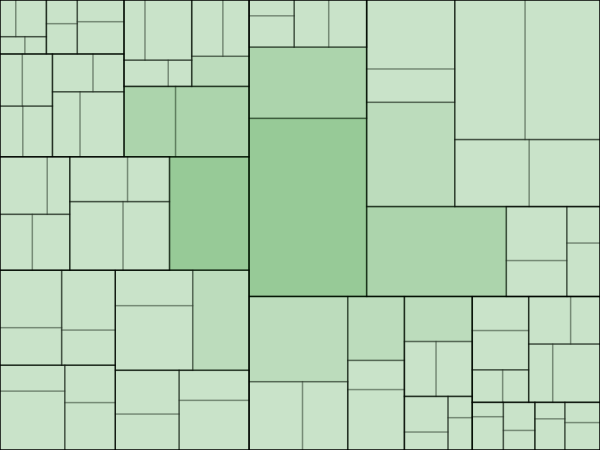 |
Recursive Subdivision VariantsBeginner Tutorial |
You are probably familiar with Recursive Subdivision – also known as Binary Space Partitioning – as a procedural generation technique. Like all the best proc gen, it’s a simple idea, that produces complex output. I’m here to discuss some variants that others have used to produce interesting results. |
Tessera: A Practical System for Extended WaveFunctionCollapseAdvanced Project Uncategorized |
I’ve been working a lot on Tessera. I presented a paper at the most recent PCG Workshop of FDG, where I explain how Tessera makes WaveFunctionCollapse somewhat less daunting, and go into some of the details of its features. That may not be news for users of the software, but here I explain how things […] |
|
Using Unity’s TextGenerator.vertsUncategorized |
TextGenerator.verts is meant to give the position information of every character in a given string. This is useful in Unity if you need to align something with exactly where some particular text is occuring, if for some reason you are not already using TextMeshPro. Older Unity versions created 4 verts for every character, which made […] |
|
Junkbot ArenaProject |
I entered the GMTK Jam again. This year, I was in a larger team, working together on the theme Joined Together. You can play it on itch.io. |
|
Driven WaveFunctionCollapseIntermediate Tutorial |
WaveFunctionCollapse (WFC) is a procedural generation technique for creating images and tile-based levels. I’ve discussed it many times before. As a technique, it has some pros and cons. Pro: it’s almost uncannilly good at stitching together tilesets into interesting arrangements, and is pretty good at copying the style in a supplied sample image. Cons: it […] |
|
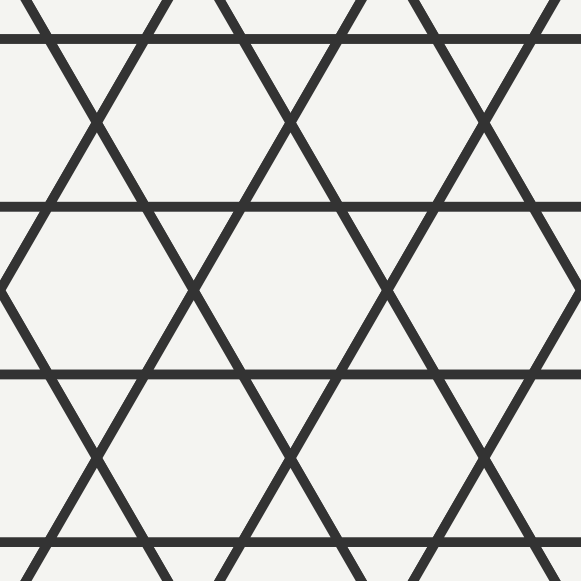 |
Some Triangle Grid ExtensionsIntermediate Tutorial |
Following my article on triangle grids, I’ve been doing a lot more thinking about periodic grids. Here’s three neat things. |
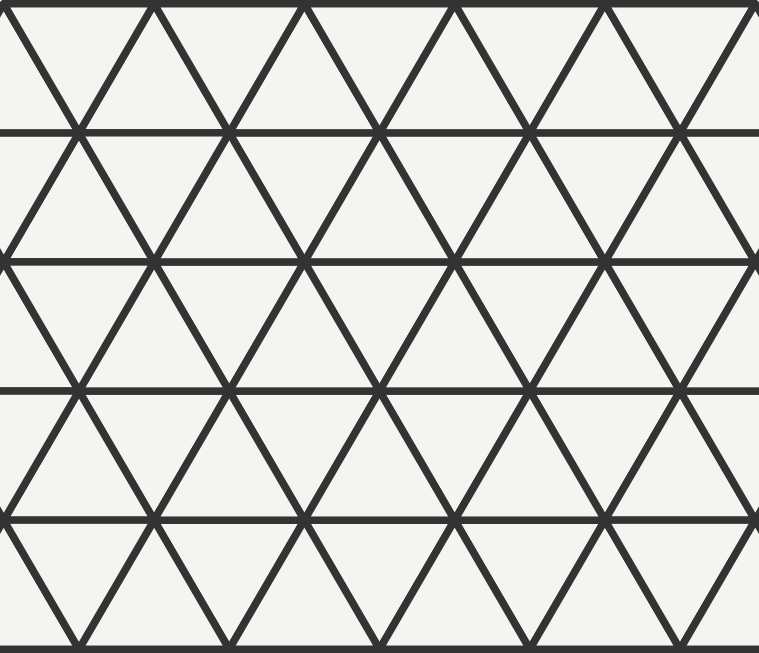 |
Triangle GridsBeginner Tutorial |
Ah, the triangle grid. Square grids are virtually ubiquitous, laying out out everything from the pixels in an image to houses in a city block. The hex grid has a decent showing too, particularly in board games. But triangle grids – regular tilings of the 2d plane with equilateral triangles – just don’t seem popular. […] |
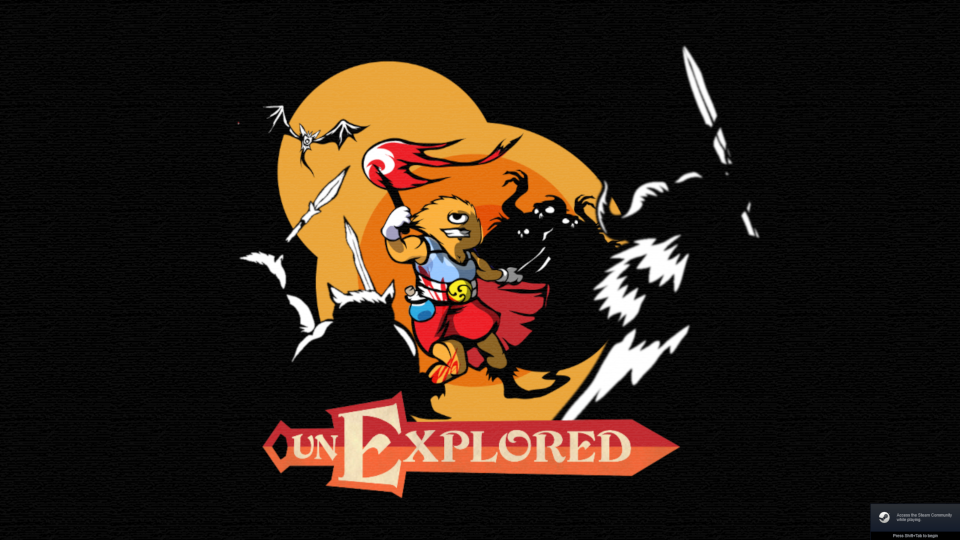 |
Dungeon Generation in UnexploredIntermediate Level Generation |
It’s rare that you see a game that gives top billing in its marketing to the quality of its procedurally generated levels. Normally PCG is sprinkled in a game to add a bit of variety, or to make up for the lack of actual level design. But, for 2017’s Unexplored, the rest of the game […] |
 |
PhantomGrammar and LudoscopeIntermediate Level Generation |
Last time, I took inspiration from a game called Unexplored, and wrote about about a system of rule evaluation called Graph Rewriting. In developing Unexplored and earlier games and academic papers, developer Joris Dormans has over the years developed an entire software library centered around graph rewriting. It’s called PhantomGrammar, and it comes with an […] |
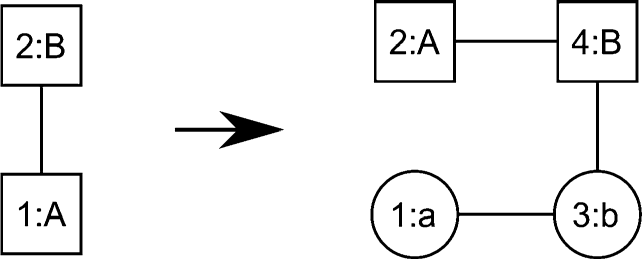 |
Graph Rewriting for Procedural Level GenerationIntermediate Level Generation |
I’ve been doing this series on how games do level generation for some time, and I have a complete beauty for you. I’ve spent a lot of time deconstructing Unexplored, a 2017 indie game by Joris Dormans. It just nails procedurally generated zelda-like dungeons, and I had to know for myself how the magic happens. […] |
Lock and Key DungeonsBeginner Tutorial |
Lock and key dungeons are, well, video game levels with locks preventing progress, and collectable keys that let you proceed. The concept is a lot broader than it sounds. Locks/keys aren’t necessary physical objects, but anything that works in a similar way, which can often be quite abstract. Once you are familiar with the pattern, […] |
|
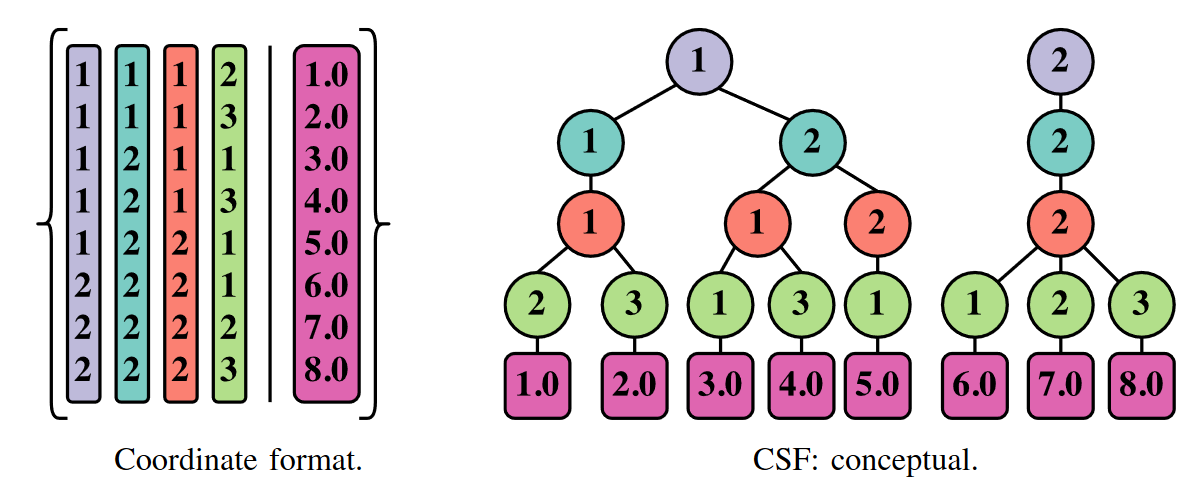 |
Compressed Sparse Fibers ExplainedAdvanced Tutorial |
I was browsing the Apache Arrow docs and spotted a term unfamiliar to me. Intrguied, I discovered that Compressed Sparse Fibers are a new technique for representing sparse tensors in memory. After reading up a bit, I thought I’d share with you what I’ve learnt. The technique is so new (well, 2015..) it is not […] |
 |
New Discord ServerUncategorized |
Let’s face it, running your own WordPress blog is a sign you are woefully out of date. I can see plenty of readers, but never hear from them. So I’ve created a Discord server. Feel free to log on and ask me support questions about my projects, suggest new article ideas, or just to hang […] |
For Keep’s Sake! ExplainedIntermediate Level Generation |
I recently entered make a game for PROCJAM 2020. As I was making it purely for fun (there’s no winners in the competition), I focussed thing to make something that expanded my skills and was technically impressive. As such, there’s lots of interesating techniques that I felt were worth briefly explaning here. |
|
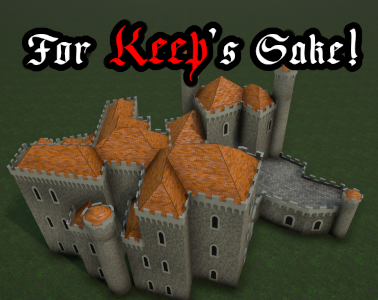 |
For Keep’s Sake!Project |
I did another game jam. This time, I made For Keep’s Sake!, for PROCJAM 2020. It’s not really a game, it’s just a toy procedural thing / tech demo. Still, I had fun making it and I hope you enjoy. |
 |
Dungeon Generation in Binding of IsaacBeginner Level Generation |
The Binding of Isaac, and its remake, Binding Of Isaac: Rebirth are one of my favourite games of all time. It’s a roguelite twin stick shooter, much like Enter the Gungeon. The dungeons it generates are particularly iconic. I’ve seen countless tutorials online offering how to do Isaac-like generation, but I was interested in how […] |
Lucky Fluke Post MortemUncategorized |
I recently made a game in 48 hours, Lucky Fluke. Though technically I’ve done game jams before, I’ve not done one in a decade, and not ever as successfully. So I thought I’d write up what I learnt. |
|
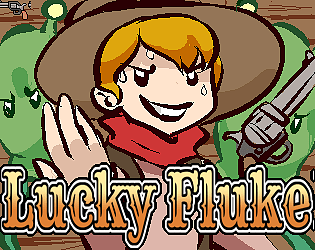 |
Lucky FlukeProject |
This year I decided to enter the 48 hour GMTK Jam. I teamed up with the excellent Praeto and jhicks to make a little shooter based on the theme: Out of Control You can play it on itch.io. |
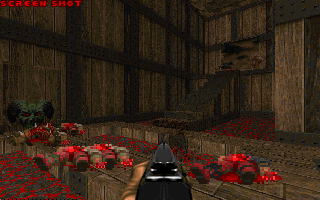 |
Level Generation in SLIGE (Doom level generator)Intermediate Level Generation |
It’s time for another in my series on how games do level generation. Let’s take a look at SLIGE, a random level generator for Doom. The original Doom. That’s right, we’re going back to the early 90s for this one. Doom was one of the first games designed from the ground up to friendly to […] |
Wave Function Collapse ExplainedBeginner Tutorial |
A simple guide to constraint solving Since developing DeBroglie and Tessera, I’ve had a lot of requests to explain what it is, how it works. The generation can often seem quite magical, but actually the rules underlying it are quite simple. So, what is the Wave Function Collapse algorithm (WFC)? Well, it’s an algorithm developed […] |
|
 |
Wave Function Collapse tips and tricksIntermediate Tutorial |
I’ve been experimenting a lot with constraint-based procedural generation these days. Specifically the Wave Function Collapse algorithm (WFC). I’ve even made my own open source library, and unity asset. WFC is a very flexible algorithm, particularly with the enhancements I’ve designed, but at the same time, I’ve found it’s quite hard to actually get it […] |
Tessera Pro ReleasedProject |
Due to demand, I’ve now released Tessera Pro, an upgraded version of Tessera which comes with source code and some extra features. Hopefully with more features to come. I’m really pleased with how the project has been recieved so far, and am hoping to see some awesome games made with it. Check it out on […] |
|
Messing with Unity’s GUIDsTutorial |
I recently released an addon in the Unity asset store. It’s actually two addons: Tessera Pro is a fully featured copy, with complete source code, and Tessera which has cut down features, and you just get a precompiled .dll. I quickly discovered a big problem – if you upgrade from Tessera to Tessera Pro, then […] |
|
 |
Tessera 3d tile level generationProject |
After a lot of work, I’ve prepared my first ever commercial release. It’s an addon for Unity that lets you procedurally generate levels and other things based on a simple tile setup. |
 |
Dungeon Generation in Enter The GungeonIntermediate Level Generation |
I’ve been playing a lot of Enter The Gungeon recently. It’s a great, brutally hard, twin stick bullet hell that reminded me a lot of Binding of Isaac. But as I’ve been playing it more and more, I realized that the dungeon design actually shows some subtle genius. There are many procedural generators out there […] |
 |
Dungeon Generation in Diablo 1Intermediate Level Generation |
Diablo1 is a classic 1996 hack and slash rogue-like. several fans took it upon themselves to reverse-engineer the source code. I began a week long deep dive into how exactly did lead developer, David Brevik, actually craft these levels. It may have taken away some of the magic of the game, but I learnt lots of techniques I think are applicable to anyone developing a similar game, which I share with you below. |
DeBroglie v0.1Project |
Introducting my latest project, DeBroglie. DeBroglie is a C# library and Windows command line application implementing the Wave Function Collapse algorithm with support for additional non-local constraints, and other useful features. Wave Function Collapse (WFC) is an constraint-based algorithm for which takes a small input image or tilemap and procedurally generating a larger image in […] |
|
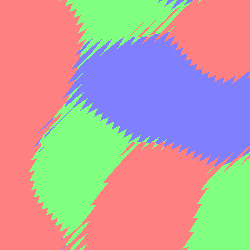 |
Barycentric Perlin NoiseAdvanced Project |
Perlin noise is a classic procedural texture. It gives a wavy grayscale image, that has all sorts of uses in computer graphics. Commonly, it’s used to blend two textures together. But what if you want to blend three or more textures together? Well today I have the answer. |
 |
Random Paths via ChiselingAdvanced Project |
I went over a previous project to randomly generate paths between points and came up with a much more efficient and versitile algorithm. (EDIT: In 2022 I found an even better way.) The algorithm is simple. Start with the entire area covered in path tiles, then and remove tiles one by one until only a […] |
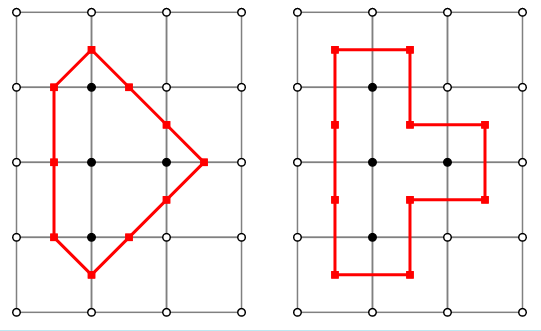 |
Dual Contouring TutorialBeginner Tutorial |
How to create a sharp mesh from a function without even trying In part 1 and part 2 of the series, we looked at the Marching Cubes algorithm, and how it can turn any function into a grid based mesh. In this article we’ll look at some of the shortcomings and how we can do […] |
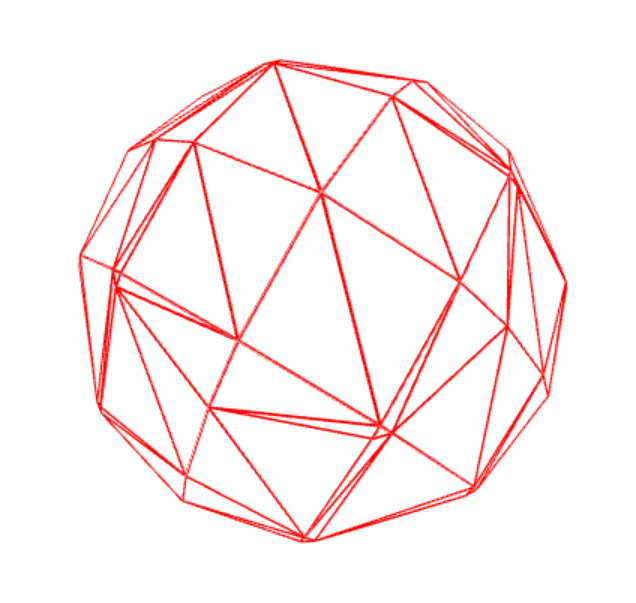 |
Marching Cubes 3d TutorialBeginner Tutorial |
In the first article I showed how the Marching Cubes algorithm works in 2d. In this tutorial, I cover how it can be extended to 3d. |
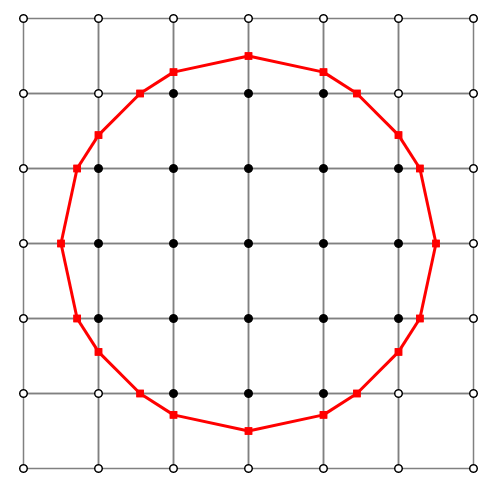 |
Marching Cubes TutorialBeginner Tutorial |
In Minecraft, you can dig in any direction – removing a block at a time with well defined edges. But other games manage to destruct terrain smoothly, without all the blockiness of Minecraft. The following tutorial in Marching Cubes, a technique for achieving destructible terrain, and more generally, creating a smooth boundary mesh to something […] |
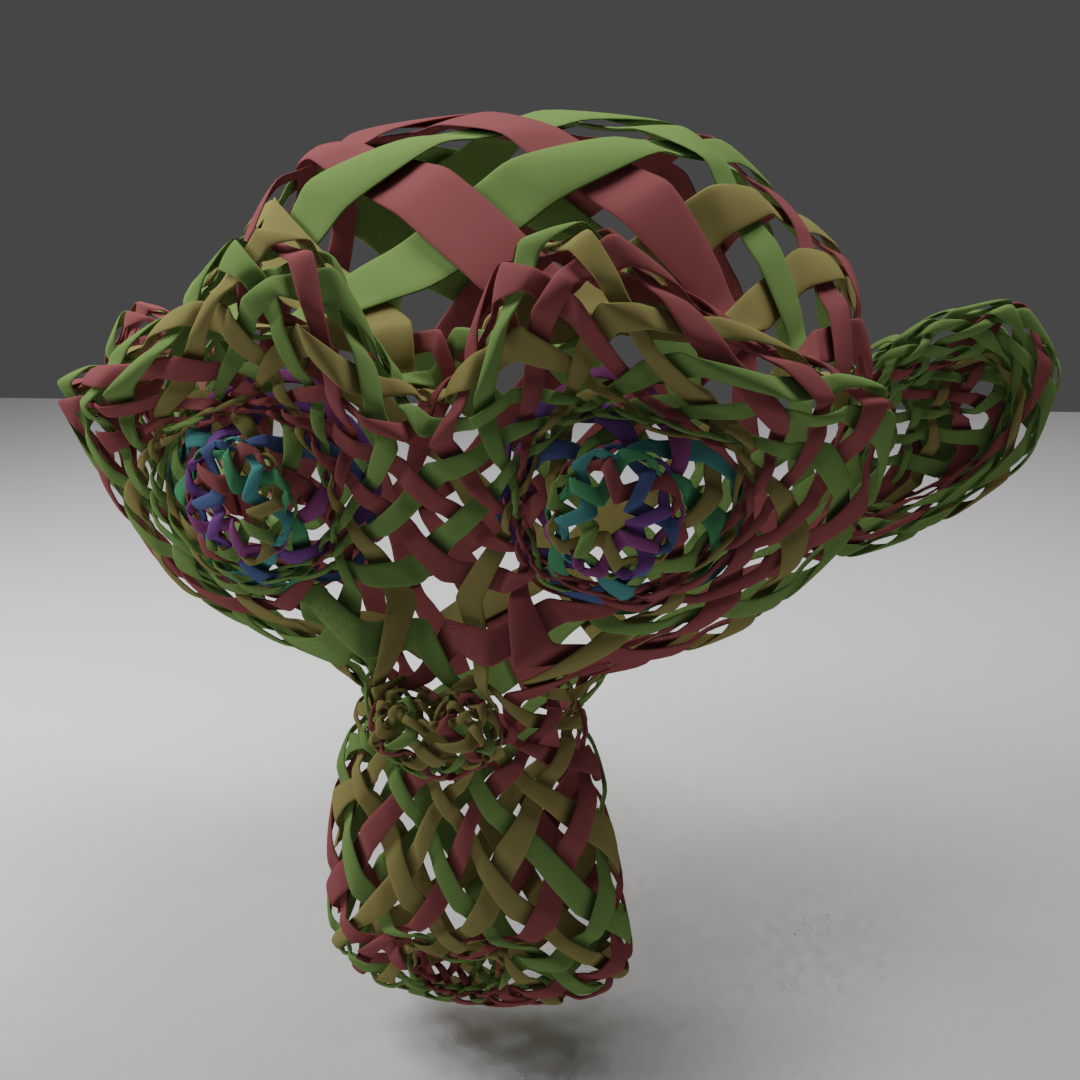 |
Celtic Knots 1.0 – Now with TwillsProject |
I’ve just released a new update for an old blender addon, bumping the version to 1.0. The addon can now generate a much wider variety. Check it out on github. |
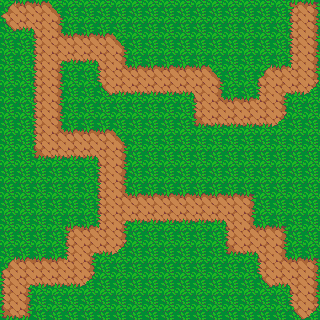 |
Random Path AlgorithmUncategorized |
Quick follow up to my previous post, I found the same technique is pretty good at generating organic looking random paths. You simply start with an empty room, and keep randomly filling points until it is no longer possible to add any more without disconnecting the room. What’s left is a nicely wiggly pathway. |
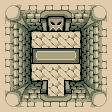 |
Fast Traversal Queries of Procedurally Generated RoomsUncategorized |
I’ve been playing around with procedural generation recently, and one question has repeatedly been nagging at me. How can you randomly spice up a level while making sure you don’t accidentally block off the exit? Jump to the code, the live demo. |
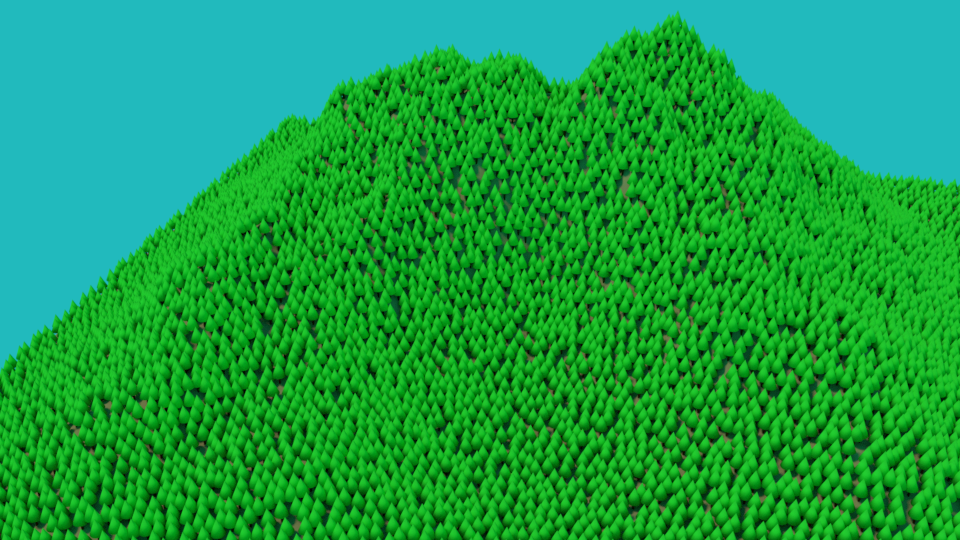 |
Blue Noise ParticlesProject |
I’ve released a plugin generates a random arrangement of particles with a blue noise distribution. This is also known as Poisson Disk Sampling. This distribution of particles guarantees no two particles are very near each other. It’s often considered a higher quality particle arrangement than Blender’s default uniform sampling. It’s particularly useful for organic arrangements, […] |
AxaxaxasProject |
I’ve released a Python based string parser on GitHub. This was part of a much more ambitious project that fell through, but I extracted the good part. Axaxaxas is a Python 3.3 implementation of an Earley Parser. Earley parsers are a robust parser that can recognize any context-free grammar, with good support for amiguous grammars. […] |
|
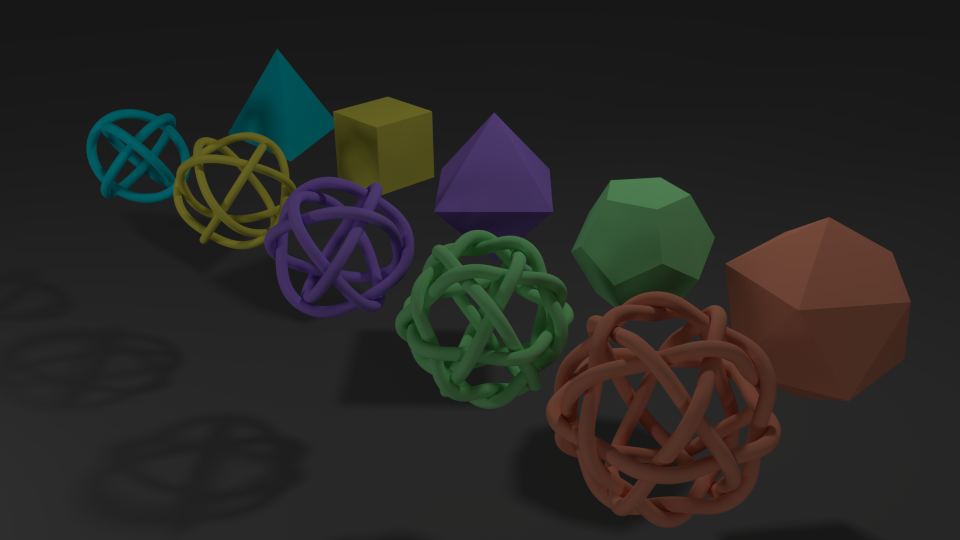 |
Celtic KnotsProject |
I’ve created a Blender plugin generates 3d beziers curves in elaborate “celtic” style knotwork, based off of a framework mesh. Tested with Blender 2.68a. It’s available on github. Celtic Knots are a intricate decorative design found in Celtic and other cultures mosaics and manuscripts. The knots often include elaborate variations and unusual angles that the […] |
Tileset RoundupBeginner Tutorial |
Following my development of Resynth Tileset, I’ve been doing some thinking on the nature of tilesets, and the possible ways to auto tile them – that is, to paint tiles as is with a brush and letting the computer do the tile selection. Let’s review a few possible ways of doing so. Just to be […] |
|
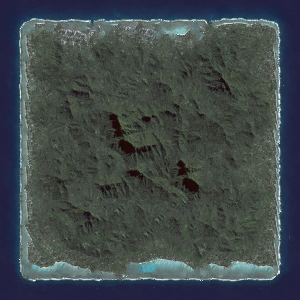 |
Resynth TilesetProject |
I’ve released a GIMP plugin on Github that allows you to create large tilesets really easily, like this one, based off of the Resynthesizer Plugin. Read more about it on github. Here’s a tutorial. |
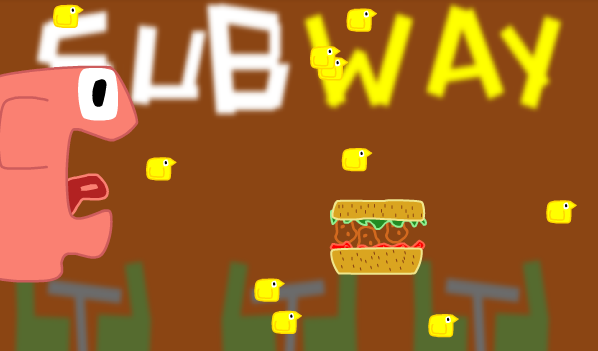 |
MeatballsProject |
Click to play Made for TIG Jam UK 4 with Joe Bain. |
X Gems of AS3 Language DesignUncategorized |
Ok, so AS3 has its fair share of problems. It is slow, it has next to no support for templates/generics and somewhat sparse standard library. And yet still I love using it. Why? It has managed to pull together some of the rarer features that I think every language should have. Language designers, take note […] |
|
Release of Box2DFlash 2.1aUncategorized |
I’m releasing an alpha version of Box2D Flash 2.1. It’s got a shiny new website, too. It has may features that were lacking before, but you’ll have to discover most of them for yourself. This move is prompted mainly by the announcement of Erin that Box2D 2.1 itself is going to be delayed for more […] |
|
Box2DAS3 back up to dateUncategorized |
Yeah, so I finally caught up with Erin’s changes to the C++ version. It’s still not quite usable though – a few bugs remain to be found, not to mention the fact patches of functionality are missing or broken. I’ll be putting up a preview version soonish, though. I also spent 10 minutes cutting out […] |
|
More Box2DAS3 v2.1a ProgressUncategorized |
Ok, the first revision (r52) of Box2DAS3 for the next version is available now on SVN. Phew, that was a lot of work. Lots of stuff doesn’t work, but the reduced testbed ought to compile and run. Notes: The old SAP broadphase works, as well as Dynamic Tree. It’s 3-4x slower than the old version! […] |
|
Box2DFlash 2.1 ProgressUncategorized |
Quick bulletin that I’m working on porting Erin’s recent changes to Box2D, which will eventually become the bulk of 2.1. It’s a pretty big job, which I’m doing at once, so there’ll be nothing compilable for a while. I’ve done maybe 10%. |
|
Sprite ChoppaProject |
I saw a poster on TIGSource talk about manually cutting up sprite sheets, so I’ve dusted off a project from 2007 to solve it. Just load up a sprite sheet, select the background color, and export the results into a directory. It’s got a few extra features useful for what I originally wanted it for, […] |
|
Box2DWithProject |
Announcing my newest finished project, Box2DWith. I’m collecting together various utility classes for doing all the stuff with Box2DFlashAS3, but found annoying. Demo, Docs |
|
ASDoc EnhancementsUncategorized |
I’ve not posted for a while, but that doesn’t mean I’ve not been doing anything. Generally less visible stuff (yes, some porting), but I have converted Box2DFlashAS3 to use ASDoc to generate beautiful documentation. The results are available here. For lack of a better place, this will be their permanent home, and I’ll try to […] |
|
Control MediaMonkey From LaunchyUncategorized |
You ever want a Lauchy command to control MediaMonkey? Well now you got it. Just download the attached zip, and extract it somewhere Launchy can see .lnk files (like the default Utilities folder, e.g.). The same files work for Winamp, just change the names to something more appropriate. The trick is an obscure little utility […] |
|
b2BuoyancyControllerUncategorized |
Following the poll, buoyancy seemed to be the popular choice for Box2D feature. I decided against the fancy and probably unreliable technique I was going to use, and have produced a “controller” based on good old, geometry, cribbing a fair amount of Erin Catto’s notes on the subject. Demo |
|
1300 Strips of QwantzUncategorized |
The entire Qwantz (dinosaur comics) archive expressed in one comic: Qwantz, for those who don’t know, is a webcomic only in the sense of being a comic on the web. Despite having posted about 1300 comics as of writing, the images have not varied at all, just the text. I’ve averaged every comic with a […] |
|
Box2D RaycastsUncategorized |
Box2D has always had a function called TestSegment for colliding segments with shapes, but it really needed conversion into proper raycasts. Check out a Demo. |
|
b2ConcaveArcUncategorized |
My first proper contribution to the wonderful Box2D engine, specifically the Flash port. I’ve added a third shape type to the engine, which dramatically increases the possible shapes you can describe. Hopefully my contribution will also show other people how to add shapes, and some of the deeper aspects of the engine. It’s easier to […] |